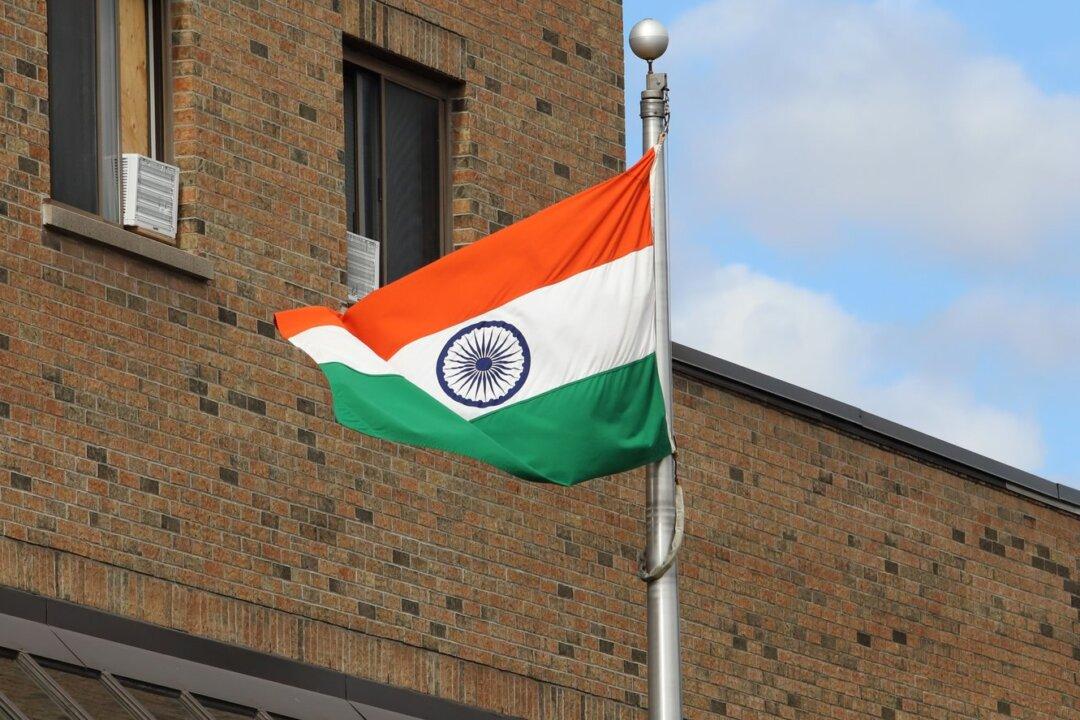FORT KOCHI, India—Brought by Chinese traders to the Kochi Coast of India six centuries ago, fishing nets known locally as cheena vala have fed many villages. Today, the unusual, gigantic, cantilevered machines line both sides of the inlets in Fort Kochi, and catch the fancy of tourists.
Fort Kochi is an island among the group of islands in Old Kochi, a center of the world spice trade for centuries. One of the finest natural harbors in the world, it has been home to waves of various immigrants—Chinese, Arab, Portuguese—over the centuries.
Alochey, the owner of a Chinese fishing net in Fort Kochi, watched while his five workers operated the net. The men worked in a kind of frenzy, pulling down ropes to which counter-weight boulders were tied. The catch: a small, lone fish.
“This is peak tourist season, but water and catch is less,” explained Sabu, one of Alochey’s men, who has worked the waters for the past eight years. “We barely manage to catch 2–3 kilograms [4.5–6.6 pounds] of fish a day [in the off season]. Our livelihood these days depends on tourists, who come, attracted by the nets, and make donations.”
The best fishing season is from June through August when the southwest monsoon brings heavy rains on the western coast of Kerala state, where Kochi is located. According to Sabu, the nets earn a maximum income when used for their original purpose at this time, providing fish to the nearby fish market and hotels.
During the rest of the year, particularly from November to March, the nets earn directly from the purses of tourists. Europeans escape the winter to the pleasant summer weather in Kerala.







